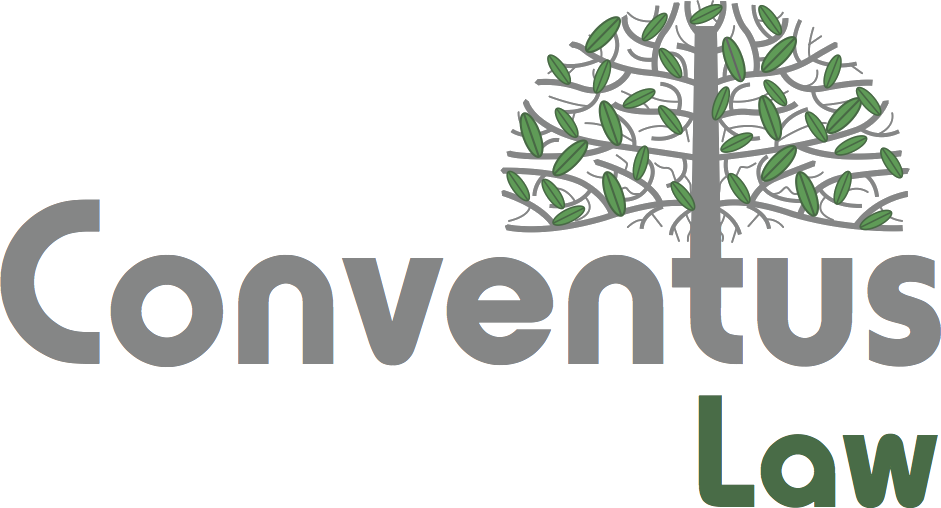India – Debt With Discipline: Key Changes Introduced To SEBI LODR Regulations Relevant For High Value Debt Listed Entities.
Introduction
The Securities and Exchange Board of India (“SEBI”) had introduced amendments to the Securities and Exchange Board of India (Listing Obligations and Disclosure Requirements) Regulations, 2015 (“SEBI LODR Regulations”), vide the Securities and Exchange Board of India (Listing Obligations and Disclosure Requirements) (Amendment) Regulations, 2025 (“Amendment Regulations”). These provisions came into effect from April 1, 2025, for high value debt listed entities (“HVDLEs”), with listed non-convertible debt securities of outstanding value of INR 1,000 crore or above (during a financial year) as of March 31, 2025. Such entities must ensure compliance within six months from the trigger date. The determination will have to be done on March 31 in the subsequent financial years.
Additionally, disclosure of such compliance should be included in the corporate governance compliance report, starting from the third quarter following the trigger date. Out of 812 debt listed entities as on March 31, 2024, 264 (33%) entities are both equity and debt listed whereas 538 (66%) are only debt listed and 10 (1%) are REITS/InVITs who had their debt listed, indicating that these amendments impact a large number of entities.
In 2021, SEBI amended regulations for HVDLEs with INR 500 crore of outstanding value in listed non-convertible debt securities. These entities had to comply with provisions previously applicable only to equity-listed companies, to protect the interests of debenture holders and ensure corporate governance among such issuer entities of debt securities. These provisions, inter-alia, included requirements related to the composition of board, minimum number of meetings, code of conduct, submission of compliance certificate, framing and implementing risk management plan for listed entities, etc. Introduced in September 2021, these provisions were made applicable on a ‘comply or explain’ basis until March 31, 2023, and were extended till March 31, 2025. In this regard, SEBI received numerous requests seeking clarifications and exemptions during this period.
SEBI then constituted a working group in 2023. Industry representatives were to review the applicability of corporate governance norms under the SEBI LODR Regulations, inter alia, keeping in mind ease of doing business and the interests of investors in such HVDLEs. Pursuant to the comments received from the public regarding corporate governance norms for HVDLEs[1] and based on the recommendations received by the working group, SEBI released a paper in 2024[2].
Introduction of sunset clause
There was no provision for entities classified as HVDLEs to exit this classification in the previous SEBI LODR Regulations. The provisions of corporate governance norms were applicable to HVDLE even if the value of outstanding listed non-convertible debt securities fell below the specified threshold. With the introduction of the sunset clause, entities previously classified as HVDLE will no longer be considered as such if the value of their outstanding listed debt securities falls below INR 1000 crore, as of March 31 in a particular year and remains below this threshold for three consecutive financial years.
Board composition
HVDLEs must maintain a balanced board with at least one woman director and more than 50% non-executive directors. If the chairperson is non-executive, at least one-third of the Board should comprise independent directors. When the chairperson is a promoter or related to a promoter, at least half the Board must consist of independent directors.
There are other additional requirements, such as the minimum number of Board meetings, with a mandatory quorum that includes at least one independent director. Non-executive directors over 75 years of age need approval through a special resolution, and all director appointments and re-appointments must receive shareholder approval within three months or at the next general meeting, whichever occurs first. Any vacancy in the office of a director must be filled by the listed entity at the earliest, and not later than three months from the date of such vacancy. Unlike standard requirements for listed entities, HVDLEs are not required to have a minimum of six directors.
Directorship/ member/ chairperson limitations
The existing Regulation 17A of the SEBI LODR Regulations specifies the maximum number of directorships/ independent directorships an individual can hold in listed entities. These existing regulations have excluded HVDLEs while counting the number of directorships a person can hold. However, now the directorship positions held in HVDLEs are also counted while counting the number of directorship positions. Hence, as per the Amendment Regulations, a person cannot serve as a director in more than seven listed entities (including HVDLEs). Further, those serving as whole-time directors or managing directors in any listed entity can serve as independent directors in no more than three listed entities.
The rationale behind this amendment is to ensure that directors can devote adequate attention to all listed entities, regardless of the type of security listed. By including HVDLEs in the count for maximum number of directorships, the amendment aims to enhance corporate governance, protecting investors in both aspects of debt and equity, and ensuring that due consideration is given to all matters. To allow sufficient time for compliance, a grace period of six months or until the next AGM, whichever is later, shall be provided from the date the provision becomes applicable to the entity.
Related Party Transactions
Regulation 23 of the SEBI LODR Regulations mandates stringent approval processes, including shareholder resolution requirements for material related party transactions (“RPT”). However, if a debt-listed entity’s ownership is concentrated among related parties, obtaining approval from non-related shareholders holding a negligible portion of the equity or none at all becomes ineffectual. In such a scenario, the entity will not be able to transact such RPTs because of ‘impossibility of compliance’ with the provisions of SEBI LODR Regulations. To resolve this compliance hurdle, SEBI has proposed a structured mechanism requiring issuers to procure a No-Objection Certificate (“NOC”) from the debenture trustee, who in turn gathers approval from debenture holders not related to the issuer, with a majority threshold of over 50% in value.
Other key requirements
HVDLEs and their material unlisted subsidiaries incorporated in India must undergo secretarial audit, with reports submitted to stock exchanges. Independent directors must hold at least one meeting annually without non-independent directors or management to review performance of the Board, chairperson, and information flow. HVDLEs must establish a vigil mechanism (whistle-blower policy) for directors and employees to report concerns with protections against victimization. Requirement and composition of audit committee, nomination and remuneration committee, etc., is also now specifically regulated.
Compliance Reporting
The Amendment Regulations also provide additional compliance reporting, including requirement to submit corporate governance compliance reports to stock exchanges within 21 days of the end of each relevant period, including details of material related party transactions and any cyber security incidents. Additionally, HVDLEs may provide a Business Responsibility and Sustainability Report on environmental, social, and governance disclosures in their annual reports.
Conclusion
SEBI’s revised framework for HVDLEs reflects a maturing regulatory approach, aiming to enhance investor confidence without losing sight of operational realities. By introducing Chapter VA and refining key provisions, the amendments offer a more calibrated approach by striking a balance between investor protection and operational flexibility. For HVDLEs, these changes present both a challenge and an opportunity. The emphasis on stronger board composition, stricter related party transactions oversight, and enhanced disclosure norms means that companies must now move beyond minimum compliance. In this regard, companies will have to critically assess their governance structures, refresh board and committee compositions, and embed independent oversight more deeply into their decision-making processes.
Therefore, companies with high-value debt listings should consider a comprehensive compliance review and ensure alignment with the revised governance standards while leveraging the flexibility offered by the sunset clause. Additionally, efforts must be made to train managerial personnel on the implications of non-compliance, equipping them to navigate regulatory requirements effectively, as the compliance reports that need to be submitted to the stock exchanges will highlight the compliance culture at such entities.

For further information, please contact:
Bharath Reddy, Partner, Cyril Amarchand Mangaldas
bharath.reddy@cyrilshroff.com
[1] Consultation paper on review of provisions of LODR Regulations pertaining to corporate governance norms for High Value Debt Listed entities (HVDLEs). October 31, 2024. Accessible here.
[2] Review of provisions regarding corporate governance norms for High Value Debt Listed entities (HVDLEs) – amendments to SEBI (Listing Obligations and Disclosure Requirements) Regulations, 2015, December 2024. Accessible here.





